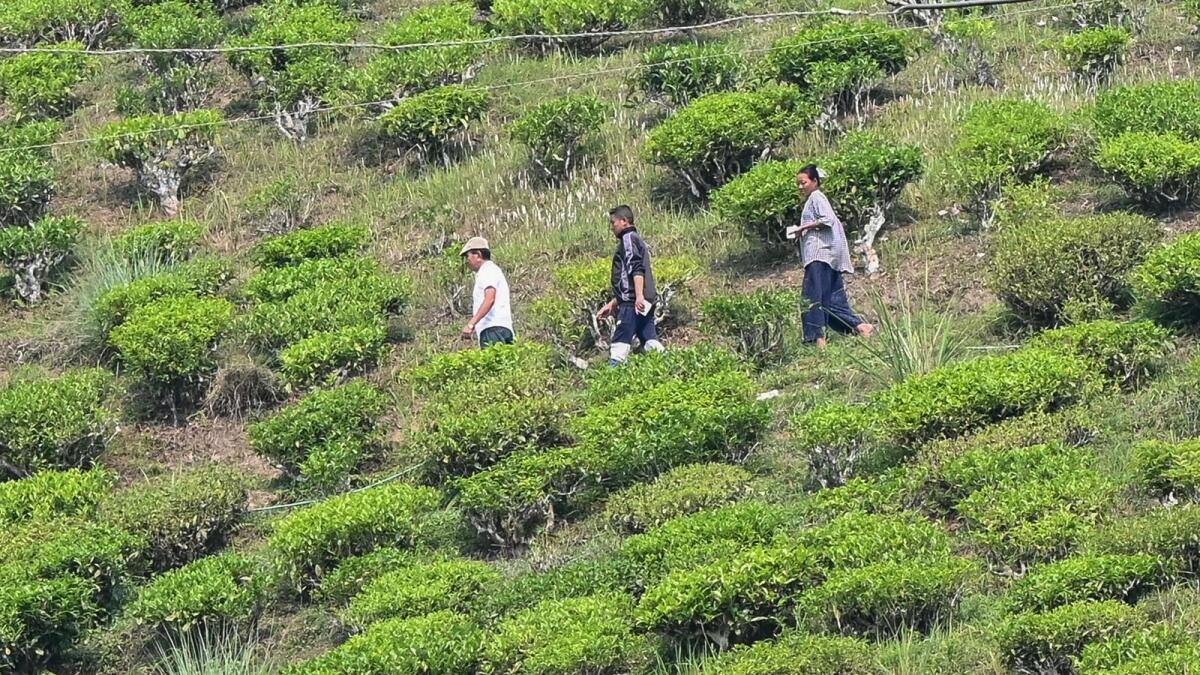India’s tea prices have been on the rise due to extreme weather events such as heatwaves and floods affecting key producing regions. The surge in prices could provide some relief to the struggling Indian tea industry, which has been grappling with escalating production costs over the past decade. Prabhat Bezboruah, a senior tea planter, pointed out that the excessive heat in May and ongoing flooding in Assam have significantly reduced tea output. Additionally, the government’s decision to ban 20 pesticides has further impacted production.
In May, India’s tea production dropped by more than 30% from the previous year to its lowest level in over a decade. This decline was attributed to the adverse weather conditions, including excessive heat and insufficient rainfall. In Assam, a major tea-producing state, severe river flooding in July has affected more than 2 million people, adding to the challenges faced by the industry. Despite the setbacks, the increase in tea prices began when a heatwave led to reduced production from April onwards, coupled with strong demand.
As of late June, average tea prices had surged by nearly 20% compared to the previous year, reaching 217.53 rupees per kg. Although production improved in June due to adequate rainfall, flooding in July again hampered the plucking activities in various districts of Assam. A Jorhat-based tea planter noted that there could be a shortfall of 15 to 20 million kg in production for July, which is typically a peak production month. This decline could lead to a significant increase in prices, but financially struggling producers are finding it challenging to negotiate with powerful buyers during peak production months.
Despite the potential for higher prices in 2024, the tea industry remains hopeful about export prospects. It is projected that average tea prices could be 16% to 20% higher than the previous year, although this increase is unlikely to dampen tea exports. In fact, India’s tea exports in the first four months of 2024 spiked by 37% compared to the same period last year, reaching 92 million kg, as reported by the commerce ministry. The country primarily exports the CTC grade to Egypt and the United Kingdom, while the orthodox variety is shipped to Iraq, Iran, and Russia.
Overall, the tea industry in India is facing challenges due to adverse weather conditions and production constraints, resulting in a significant reduction in output. However, the increase in tea prices could offer some reprieve to producers, although they continue to struggle with rising production costs. Despite the production shortfall, export demand remains strong, driven by the ban on pesticides and the quality of Indian tea varieties. Looking ahead, the industry is cautiously optimistic about the potential for higher prices and sustained export growth in the coming months.











